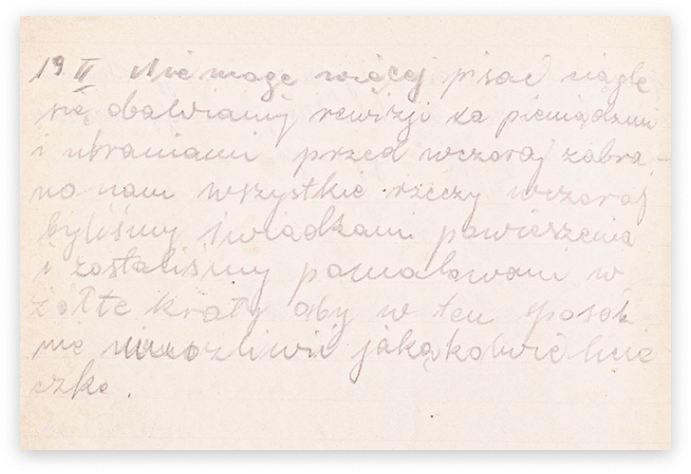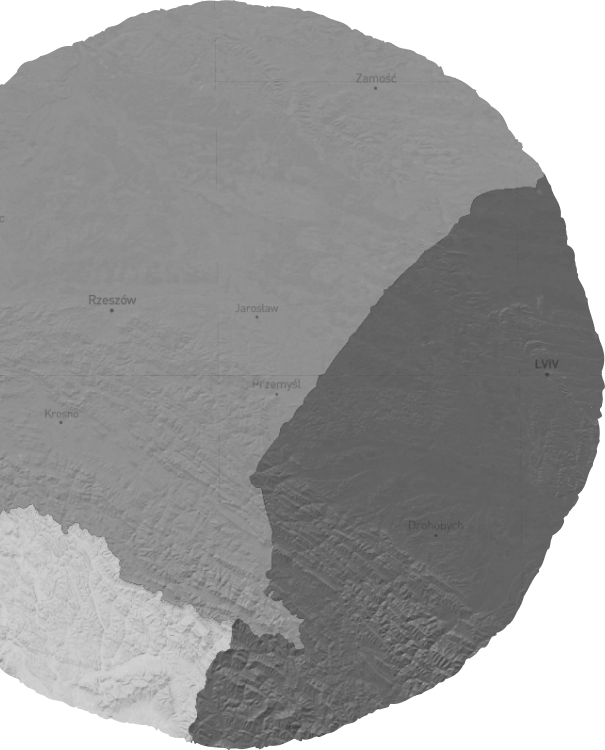

Julius kept a diary recording the horrifying events he and those around him were forced to endure from 1939 to 1943, and it provides unique insight into how terrifying and isolating life was for Polish Jews during the Holocaust. It chronicals his time in both the Kraków ghetto, and Płaszów concentration camp.
He starts to write the diary at the point of his life where he’s losing those around him, and his despair is evident: “All at once I had lost everyone, everyone who was dear to me, and only later did I understand this. How difficult it was to get used to my emptiness and loneliness.”

The diary goes on to reveal how horrendous conditions were at Płaszów. On 9 April 1943,
he writes: “Yesterday we witnessed a hanging and our clothes were painted in yellow stripes to make any kind of escape impossible.”




The simple fact that he kept a diary shows how brave Julius was, as by recording events he was risking his life. The act of writing a diary was Julius resisting in his own way, trying to survive, and attempting to desperately hold onto his identity.
The act of writing a diary was Julius resisting in his own way
Click on the different pages to reveal Julius’ words. What can a few sentences reveal to us about Julius’ experience?
Julius’s diary was found hidden in a wall at Płaszów concentration camp once the war had ended.
It ends mid-sentence on 11 April 1943.







